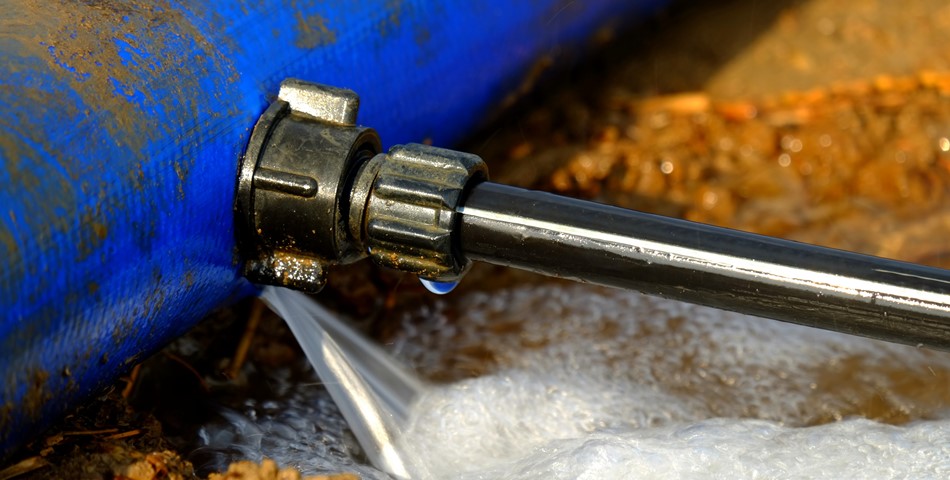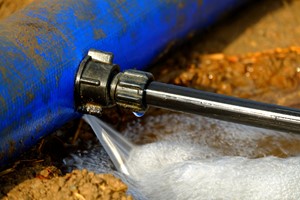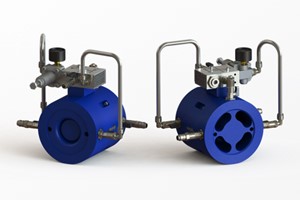Water is one of the most valuable resources across the globe. Rapid urbanization across the world has led to the rise in water demand. Climate change along with water stress have severely impacted the availability of water to meet the rising metropolitan demand, and that is even without taking into account non-revenue water (NRW) which is water that is lost before it reaches the end users. Water lost through leaking pipelines (physical loss) is a key contributor to NRW. A lot of big and/ or major cities around the world have water pipelines that are more than 60 years old. According to Research and Markets, the global NRW is estimated at 126 billion liters per year, which is valued around USD40 billion/year.
The global water pipeline leak detection market is thus growing amid rising concern for water conservation along with escalating demand for leak detection systems.
There are many factors that cause pipes to leak such as corrosion, shear stress from the surroundings, varying internal pressure, and physical damage due to external factors. Instead of rehabilitating the water distribution and transmission networks, which is costly and time consuming, the optimal and sustainable solution is a short-term approach to fix leakage by efficiently pinpointing leaks.
The leak detection market has grown moderately over the last five years, according to a new report from Azoth Analytics. This comes as pipeline companies are spending more money on maintenance, the environment continuing to pose challenges, and the government playing a more prominent role in empowering usage of leak detection measures to avoid water loss. More growth is anticipated due to the expansion of new pipeline projects coupled with water treatment plants until 2020. According to the report, the water pipeline leak detection system market globally is projected to exhibit a compound annual growth rate (CAGR) of over 11.03 percent during that period.


In terms of equipment, the market is segmented into leak detection systems and leak inspection service methods. The acoustics market comprises around 65.94% share of the overall market of all the methods of leak detection.
North America and Europe are the main destinations for the leak detection market as their market grows thanks to favorable policies such as mandatory water audits, and NRW reduction targets. Calculated and well-placed city investments have led to execution and development of sustainable water infrastructure projects, which involve water conservation and reduction of NRW. The United States dominated the market in terms of revenue generation and the country is forecast to continue its domination through 2020, according to Azoth Analytics. Asia-Pacific is the largest consumption region of water leakage detector systems followed by Europe.
Water utilities are at present demanding instant and precise results that could be faultlessly integrated into a software or data analytics platform, which in turn allows for remote monitoring. The market positioning in growing markets like NA and Europe relies heavily on the accuracy of the leak detection systems. Pipe condition evaluation is an important value addition and a direct result of accurate detection capabilities.
The water leakage detector systems industry concentration is not high. The leading companies have the advantage of better performance, more product types, and better after-sales service. Therefore, they dominate the majority of the market share of high-end market.
waterHQ Team












